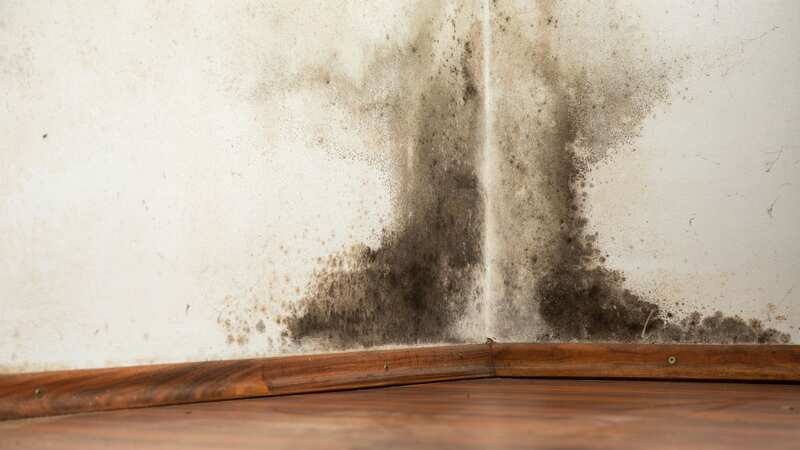'I'm a cleaning expert - here are four signs mould is lurking in your home'

One cleaning expert has shared four signs of mould which if discovered in your home - you should not ignore.
During the winter months, mould can become an issue for many households. Mould is a form of fungus and can come in a variety of different forms. If left untreated, mould can grow in your home and could - in some cases - severely impact your health.
Mould thrives in damp environments and can grow in all areas of your home and more often than not it is noticeable. However, sometimes it can develop in areas where you would not immediately clock. To help households prevent mould from spreading havoc throughout their home, one cleaning wizz has shared the areas where and things you should particularly keep an eye on.
Danielle Wollmann, a registered holistic nutritionist took to social media to share the four sneaky ways mould can hide in your home and what you should do to tackle it.
Toilet tank
It might not be the first place you'd think to check, but your toilet - both in the bowl and the tank - can harbour mould. According to Danielle, if there's mould lingering in the tank and the bowl it could be a sign of a bigger problem and it could be possible that it is growing somewhere else in your home.
 Cleaning guru shares why you shouldn't make your bed first thing in the morning
Cleaning guru shares why you shouldn't make your bed first thing in the morning
If you find mould here, you should first clean it away with bleach or antibacterial spray. After this, you should then keep an eye on it over the next few days and if it returns, there could be a bigger issue you need to fix.
Bubbling paint
Mould growth affects how well paint sticks to a surface so if there is mould growth in your wall, over time the paint may start to bubble due to its inability to bond with the material underneath. Danielle noted that of course paint can chip over time but if you spot patches of bubbling paint - particularly in areas such as around the shower or sink - it could be due to mould.
If you find this in your home you will first need to dry the area. You can do this using towels, fans, dehumidifiers etc. Sadly you will need to investigate further and check if it is caused by an external factor - such as the shower - or an internal one such as a leaky pipe.
Peeling/flaking paint
Another tell-tell sign of sneaky mould growth is peeling or flaking paint. Although it's not always the case, peeling paint over drywall can also indicate a mould problem. As mould continues to grow, it will eventually break through the paint, causing it to fall and crack.
A common thing people do when paint cracks and flakes away is to simply paint over it. However, this will not fix the underlying issue and the paint will only begin the crack again at some point in the future. Again, you will need to investigate and find the cause to avoid getting into a cycle of peeling paint.
Skirting board gaps
Danielle explained to her followers that if their skirting board is pulling away from the wall it could be because of a mould issue. Prolonged exposure to mould and excess moisture can lead to skirting boards that twist and warp. Danielle explained how wood will often warm when there is mould, so once a month it could be good to check them in every room, including behind furniture. Again, this can be cleaned using bleach, antibacterial spray, or white vinegar and once again you will need to investigate if there is a deeper issue in your home.
Have you got a story to share? We want to hear all about it. Email us at [email protected]
Read more similar news:
Comments:
comments powered by Disqus

































